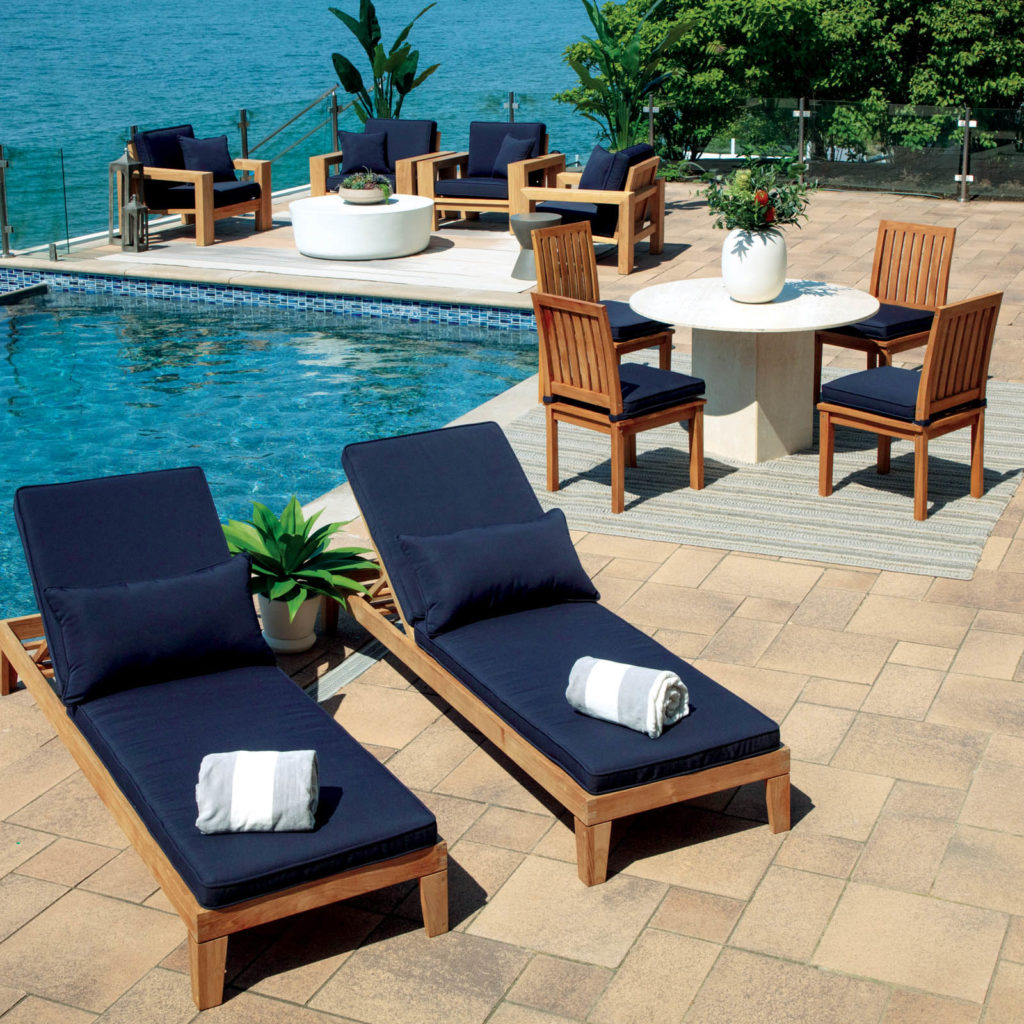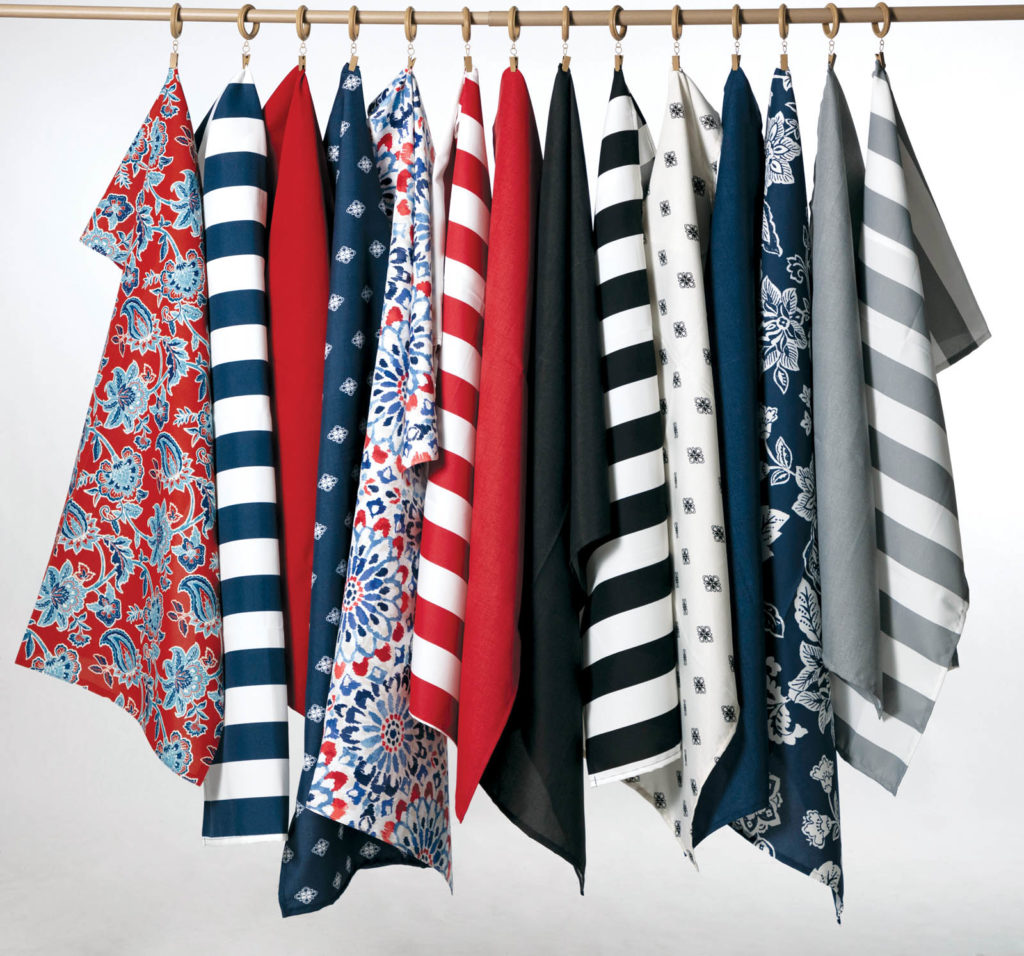
We’ve all seen the heartbreaking photos of seals, sea turtles and other marine life entangled in discarded fishing nets. Even when nets break down, they just become smaller pieces of toxic plastic that get mistaken for food and eaten. Discarded fishing nets make up an estimated 10 percent of plastic in the ocean and have been found to be four times more harmful than all other forms of plastic pollution, according to some environmental groups.
Arden Companies of Bingham Farms, Mich., a supplier of outdoor replacement cushions and fabrics in the U.S. and Canada, is doing its part to make a positive effect on the environment. About three years ago, the company launched its EverTru® Fabrics division, which produces premium fabrics such as 100 percent solution-dyed acrylic and 100 percent solution-dyed polyesters for leading furniture and umbrella manufacturers in the world.

With a heavy focus on sustainability, the division has now released its OceanTex™ Fabric collection. The collection includes two types of fabrics: OceanTex Olefin, made 100 percent from recovered fishing net waste collected from oceans and beaches around the world, and OceanTex Polyester, made 100 percent from recovered plastic bottle waste collected from oceans and beaches.
To produce the fabric, the ocean debris is collected, sorted, washed and shredded into flakes. The flakes are melted into pellets, and the pellets are then spun into yarn. Finally, the yarns are woven into OceanTex fabric. The fabric can be sewn to create UV-resistant outdoor cushions. One commercial fishing net (100 pounds of net) can produce 75 yards of OceanTex fabric.
 TEXTILES.ORG
TEXTILES.ORG


